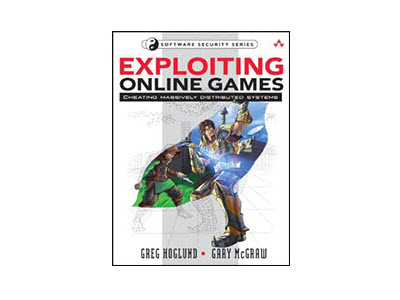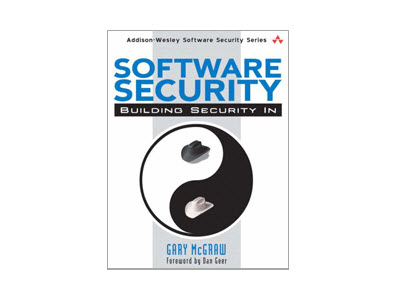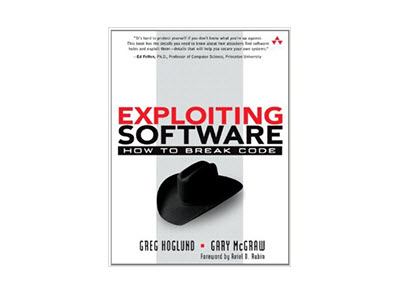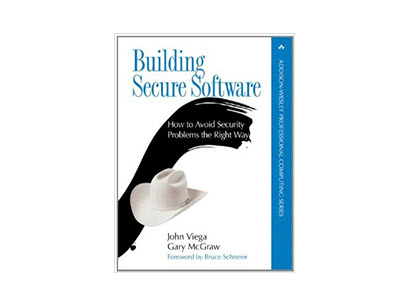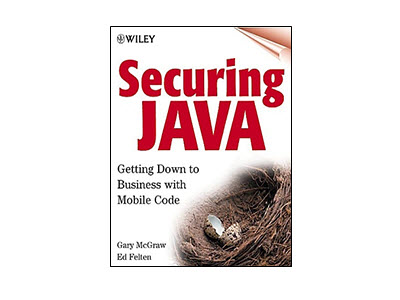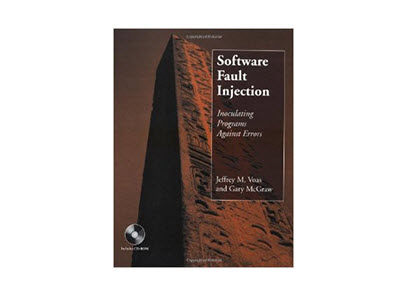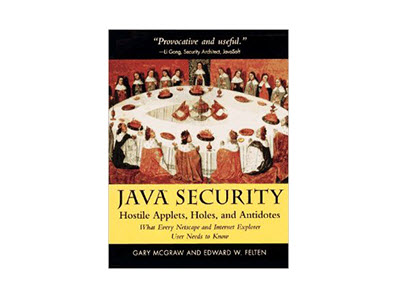Software security has come a long way in the last few years, but we’ve really only just begun. Software security is the practice of building software to be secure and to function properly under malicious attack. The underlying concepts behind Software Security have developed over almost a decade and were first described in Building Secure Software and Exploiting Software. Software Security begins where its predecessors left off, describing in detail how to put software security into practice.
After completing Java Security and following it up with Securing Java, I began wondering how it was that such excellent designers, engineers, and architects went astray when it came to security. What was it about software that made security such a problem? If you wanted to build secure software, how would you do it? These questions and the perseverance of John Viega led to Building Secure Software.
Building Secure Software (BSS), the white hat book, seems to have touched off a revolution. Security people who once relied solely on firewalls, intrusion detection, and antivirus mechanisms came to understand and embrace the necessity of better software. BSS provides a coherent and sensible philosophical foundation for the blossoming field of software security.
Exploiting Software (ES), the black hat book, provides a much-needed balance, teaching how to break software and how malicious hackers write exploits. ES is meant as a reality check for software security, ensuring that the good guys address real attacks and invent and peddle solutions that actually work. The two books are in some sense mirror images.
Software Security unifies the two sides of software security—attack and defense, exploiting and designing, breaking and building—into a coherent whole. Like the yin and the yang, software security requires a careful balance.


